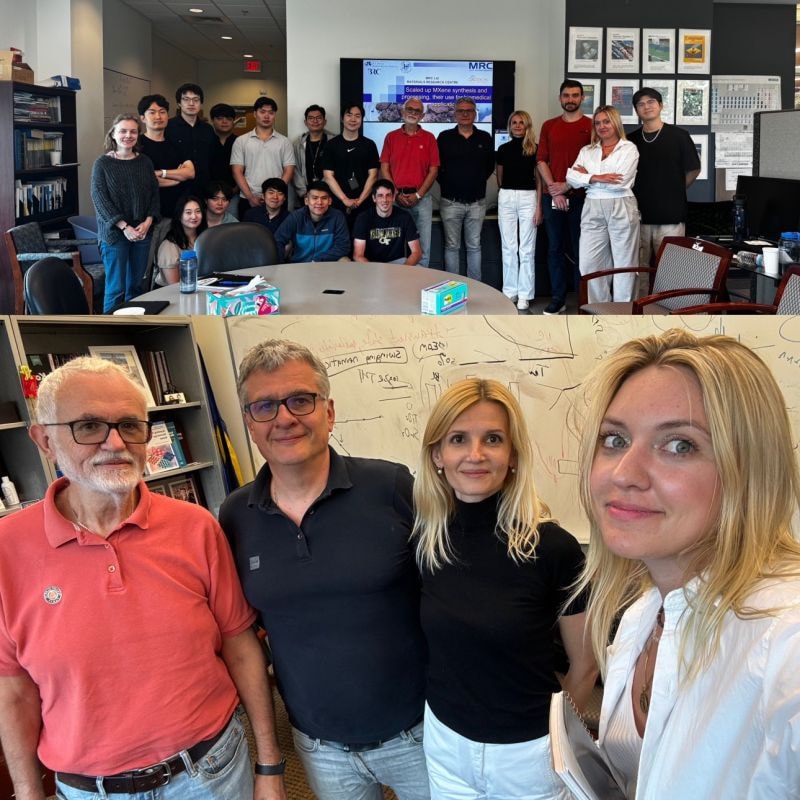True Performance Metrics in Electrochemical Energy Storage
Y. Gogotsi * and P. Simon **
Exceptional performance claims for electrodes used in batteries and electrochemical capacitors often fail to hold up when all device components are included.
______________________________________
* Department of Materials Science and Engineering and A. J. Drexel Nanotechnology Institute, Drexel University, Philadelphia, PA 19104, USA.
** Universit? Paul Sabatier– Toulouse III, CIRIMAT UMR-CNRS 5085, 118 Route de Narbonne, 31062 Toulouse, France. E-mail: gogotsi@drexel.
edu,
Этот e-mail адрес защищен от спам-ботов, для его просмотра у Вас должен быть включен Javascript
А dramatic expansion of research in the area of electrochemical energy storage (EES) during the past decade has been driven by the demand for EES in handheld electronic devices, transportation, and storage of renewable energy for the power grid . However, the outstanding properties reported for new electrode materials may not necessarily be applicable to performance of electrochemical capacitors (ECs). These devices, also called supercapacitors or ultracapacitors , store charge with ions from solution at charged porous electrodes. Unlike batteries, which store large amounts of energy but deliver it slowly, ECs can deliver energy faster (develop high power), but only for a short time. However, recent work has claimed energy densities for ECs approaching or even exceeding that of batteries. Prof. Y. Gogotsi and Prof. P. Simon in that paper, published in Science Magazine, show that even when some metrics seem to support these claims, actual device performance may be rather mediocre.They focused in that paper on ECs, but these considerations also apply to lithium (Li)—ion batteries.
Increasing the energy density of ECs usually comes at the cost of losses in cyclability or power, which are the most important properties of ECs and without which they become mediocre batteries. A major effort has been directed toward increasing the energy density of ECs by either increasing the capacitance of the material, or the operation voltage window, or both.
Some recent publications on graphene and nanotube-based materials have used Ragone plots to argue that supercapacitors can achieve the energy density of batteries.
Reporting the energy and power densities per weight of active material alone on a Ragone plot may not give a realistic picture of the performance that the assembled device could reach because the weight of the other device components also needs to be taken into account. ECs are similar to Li-ion batteries .

A tale of two plots. One way to compare electrical energy storage devices is to use Ragone plots ( 10), which show both power density (speed of charge and discharge) and energy density (storage capacity). These plots for the same electrochemical capacitors are on a gravimetric (per weight) basis in (A) and on a volumetric basis in (B). The plots show that excellent properties of carbon materials will not translate to medium- and large-scale devices if thin-fi lm and/or low-density electrodes are used ( 10).
By presenting energy and power densities in a consistent manner, researchers can facilitate introduction of new materials and fi nd solutions for EES challenges the world faces. National and international testing facilities should be created for benchmarking electrodes and devices similar to the facilities that exist for benchmarking photovoltaics. Clear rules for reporting the performance of new materials for EES devices would help scientists who are not experts in the fi eld, as well as engineers, investors, and the general public, who rely on the data published by the scientists, to assess competing claims. But numerous scientists who have been publishing ridiculous claims about enormous capacity of novel battery materials and energy density of electrochemical capacitors exceeding that of Li-ion batteries in the past couple of years will not like this discourse.
Source: science.mag.org




 MXenes potential applications include sensors, wound healing materials, and drug delivery systems. A recent study explored how different synthesis methods affect the safety and performance of MXenes. By comparing etching conditions and intercalation strategies, researchers discovered that fine-tuning the surface chemistry of MXenes plays a crucial role in improving biocompatibility. These results provide practical guidelines for developing safer MXenes and bring the field one step closer to real biomedical applications.
MXenes potential applications include sensors, wound healing materials, and drug delivery systems. A recent study explored how different synthesis methods affect the safety and performance of MXenes. By comparing etching conditions and intercalation strategies, researchers discovered that fine-tuning the surface chemistry of MXenes plays a crucial role in improving biocompatibility. These results provide practical guidelines for developing safer MXenes and bring the field one step closer to real biomedical applications.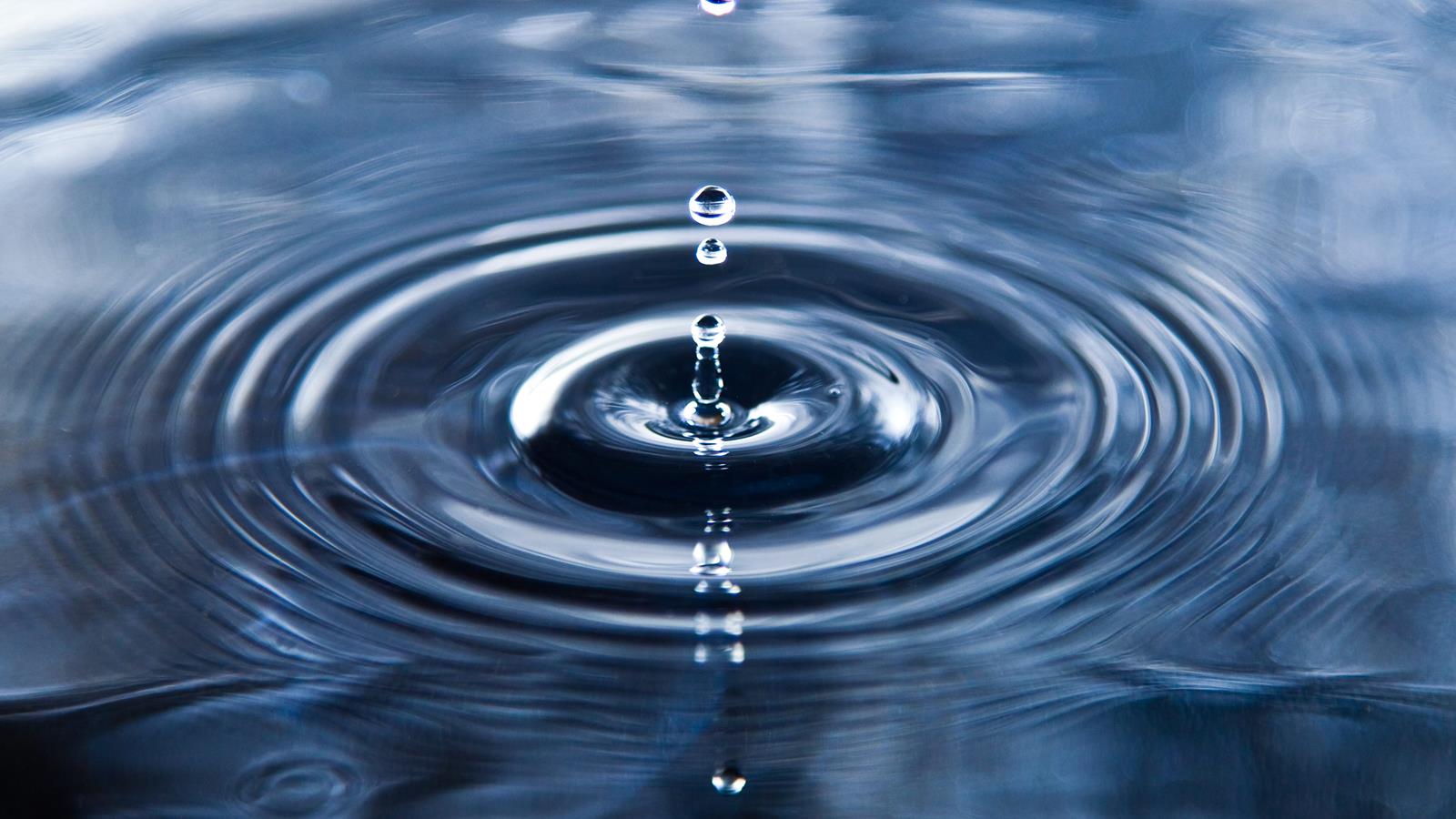
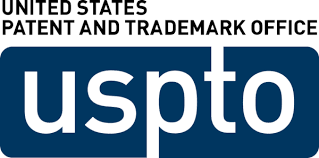 Exellent news, our joint patent application with Drexel University on highly porous MAX phase precursor for MXene synthesis published. Congratulations and thanks to all team involved!
Exellent news, our joint patent application with Drexel University on highly porous MAX phase precursor for MXene synthesis published. Congratulations and thanks to all team involved! Last Call! Have you submitted your abstract for IEEE NAP-2025 yet? Join us at the International Symposium on "The MXene Frontier: Transformative Nanomaterials Shaping the Future" – the largest MXene-focused conference in Europe this year! Final Submission Deadline: May 15, 2025. Don’t miss this exclusive opportunity to showcase your research and engage with world leaders in the MXene field!
Last Call! Have you submitted your abstract for IEEE NAP-2025 yet? Join us at the International Symposium on "The MXene Frontier: Transformative Nanomaterials Shaping the Future" – the largest MXene-focused conference in Europe this year! Final Submission Deadline: May 15, 2025. Don’t miss this exclusive opportunity to showcase your research and engage with world leaders in the MXene field!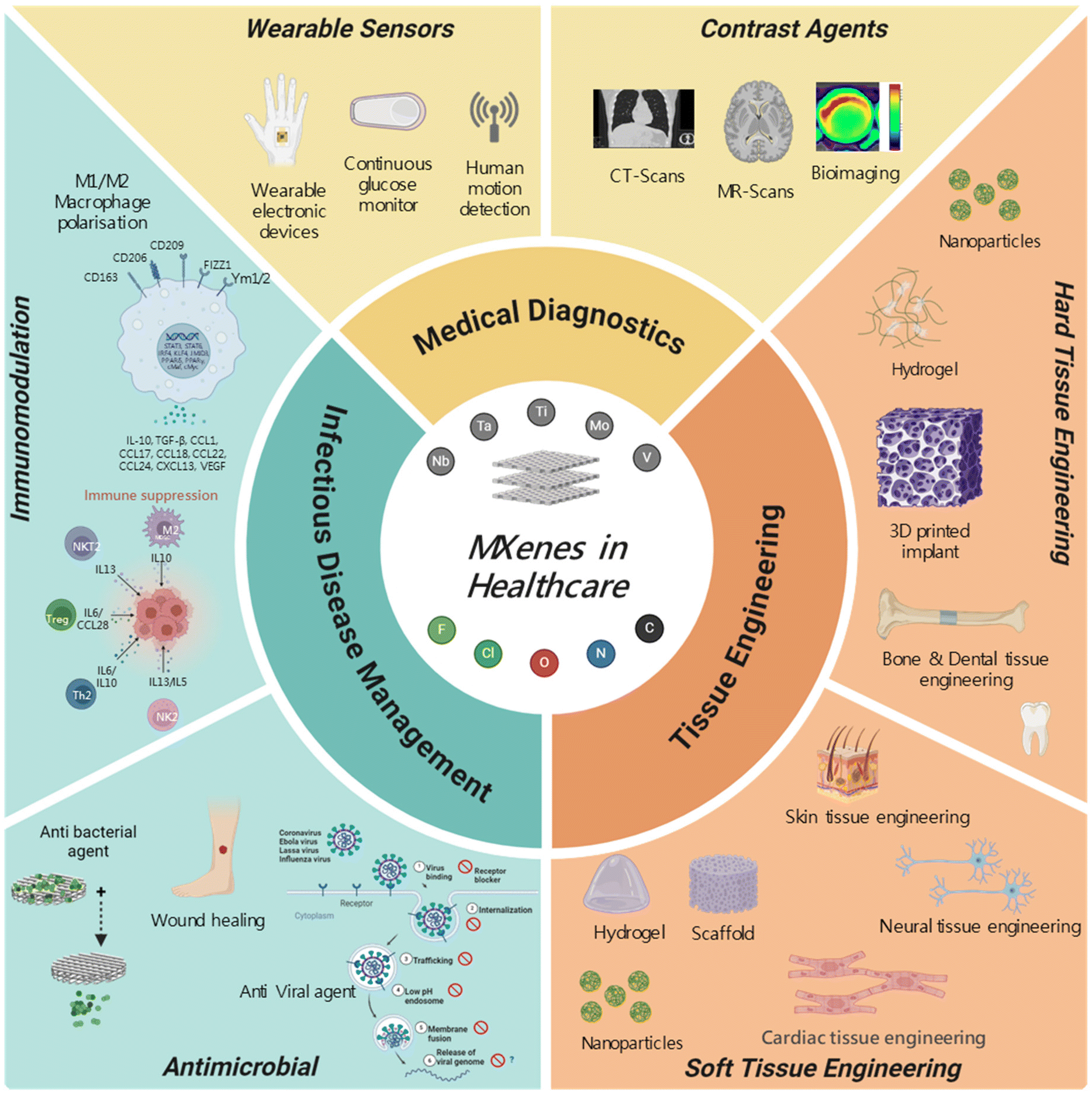 We are excited to announce the publication of latest review article on MXenes in Healthcare. This comprehensive review explores the groundbreaking role of MXenes—an emerging class of 2D materials—in revolutionizing the fields of medical diagnostics and therapeutics. Read the full article here: https://doi.org/10.1039/D4NR04853A.
We are excited to announce the publication of latest review article on MXenes in Healthcare. This comprehensive review explores the groundbreaking role of MXenes—an emerging class of 2D materials—in revolutionizing the fields of medical diagnostics and therapeutics. Read the full article here: https://doi.org/10.1039/D4NR04853A.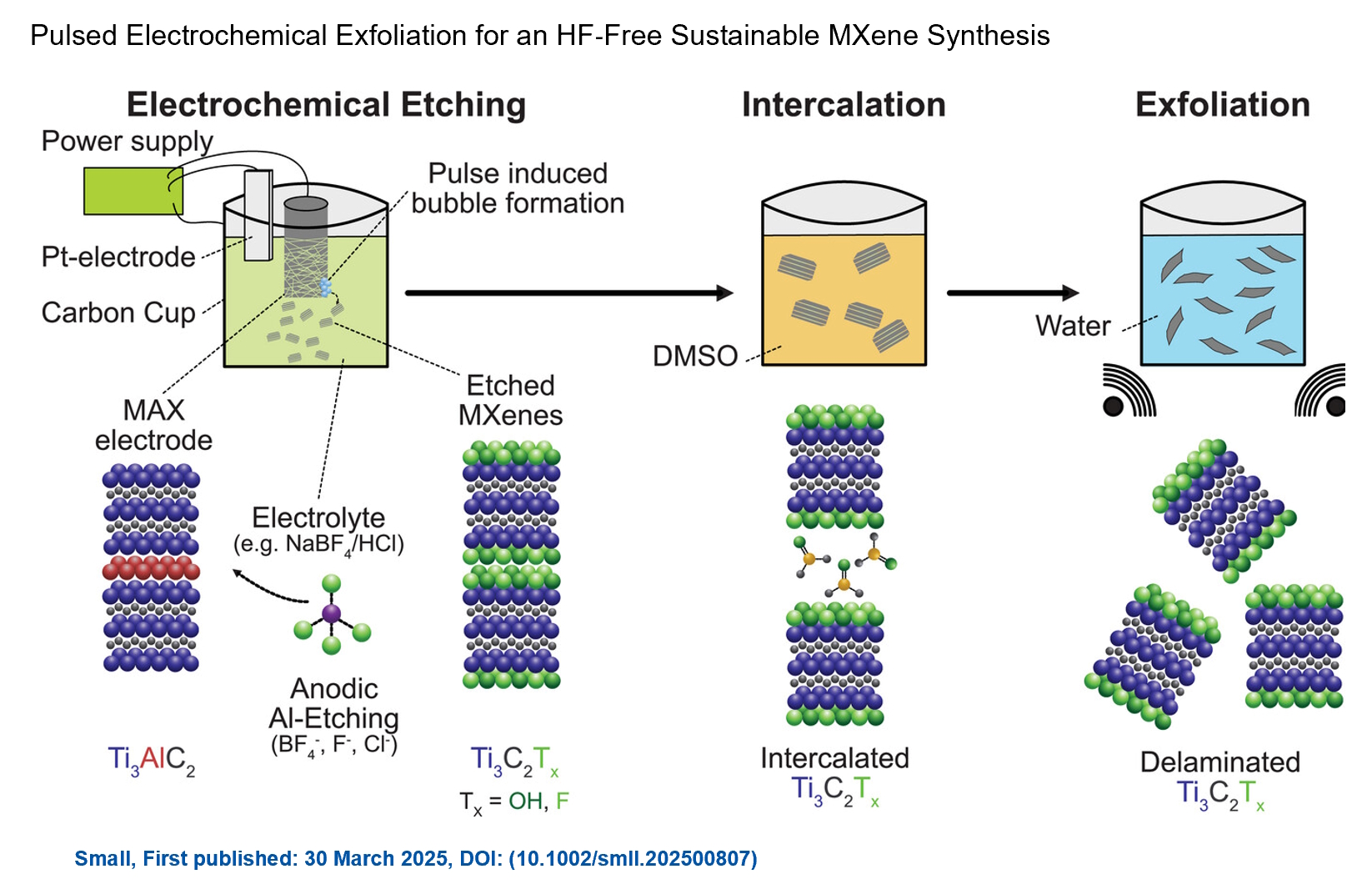 Congratulations and thank you to our collaborators from TU Wien and CEST for very interesting work and making it published! In this work, an upscalable electrochemical MXene synthesis is presented. Yields of up to 60% electrochemical MXene (EC-MXene) with no byproducts from a single exfoliation cycle are achieved.
Congratulations and thank you to our collaborators from TU Wien and CEST for very interesting work and making it published! In this work, an upscalable electrochemical MXene synthesis is presented. Yields of up to 60% electrochemical MXene (EC-MXene) with no byproducts from a single exfoliation cycle are achieved. Congratulations to all collaborators with this interesting joint work!
Congratulations to all collaborators with this interesting joint work! Thank you to our collaborators for the amazing joint work recently published in Graphene and 2D Nanomaterials about MXene–silk fibroin composite films aiming to develop materials with tunable electronic and thermal properties
Thank you to our collaborators for the amazing joint work recently published in Graphene and 2D Nanomaterials about MXene–silk fibroin composite films aiming to develop materials with tunable electronic and thermal properties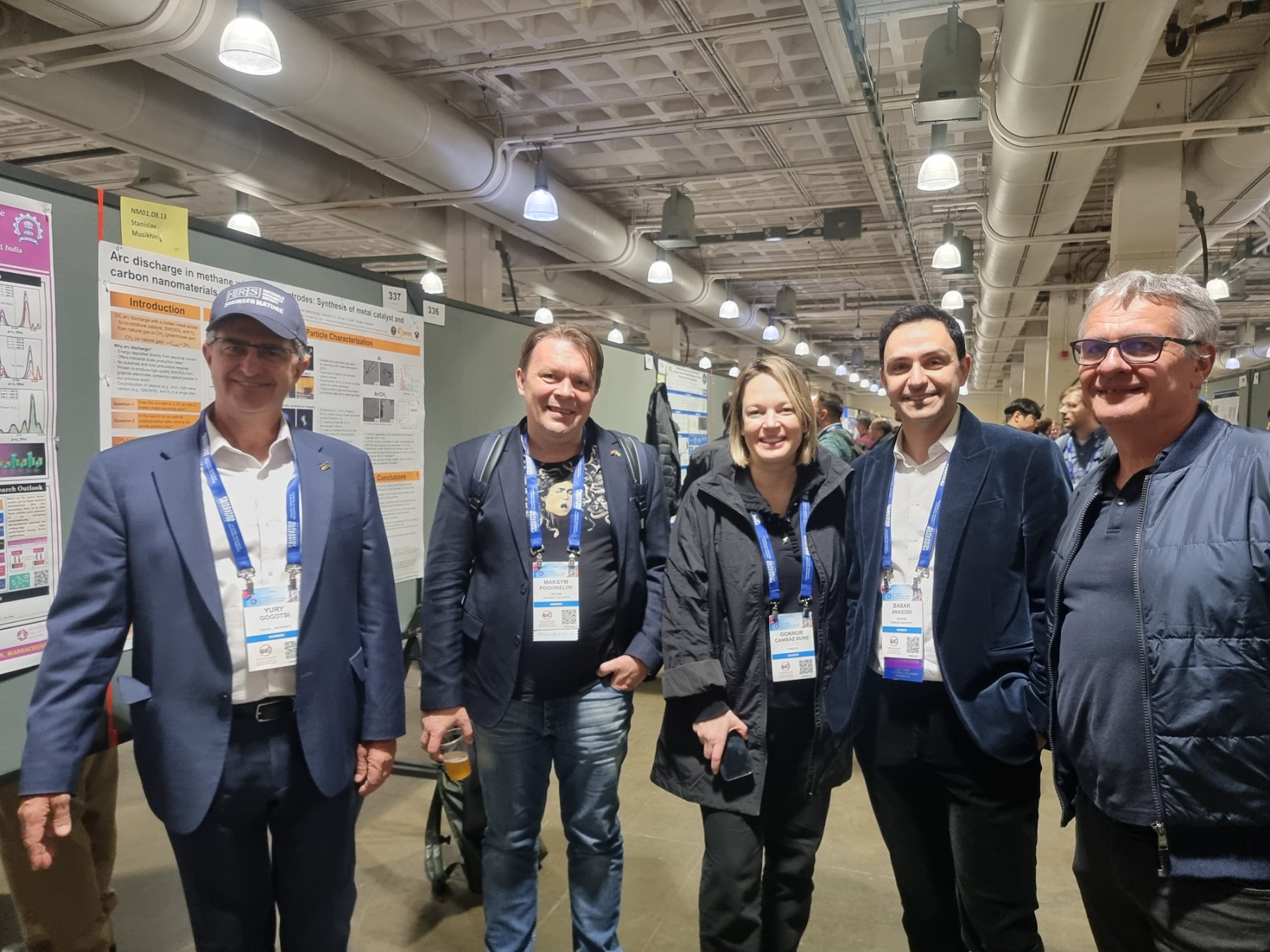 Dr. Oleksiy Gogotsi, director of MRC and Carbon-Ukraine, innovative companies that are among the leaders on the world MXene market, visited 2024 MRS Fall Meeting & Exhibit. together with Dr. Maksym Pogorielov, Head of Advanced Biomaterials and Biophysics Laboratory, University of Latvia.
Dr. Oleksiy Gogotsi, director of MRC and Carbon-Ukraine, innovative companies that are among the leaders on the world MXene market, visited 2024 MRS Fall Meeting & Exhibit. together with Dr. Maksym Pogorielov, Head of Advanced Biomaterials and Biophysics Laboratory, University of Latvia.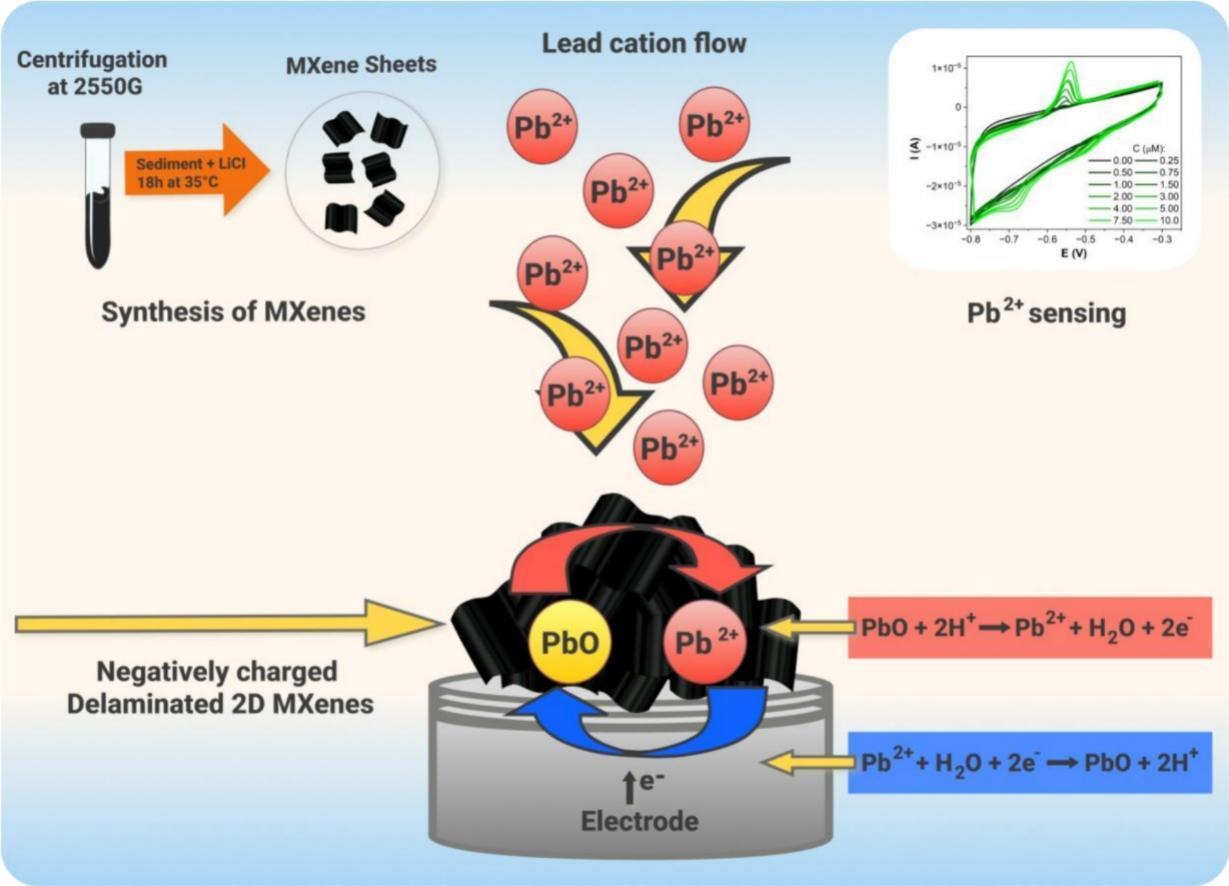
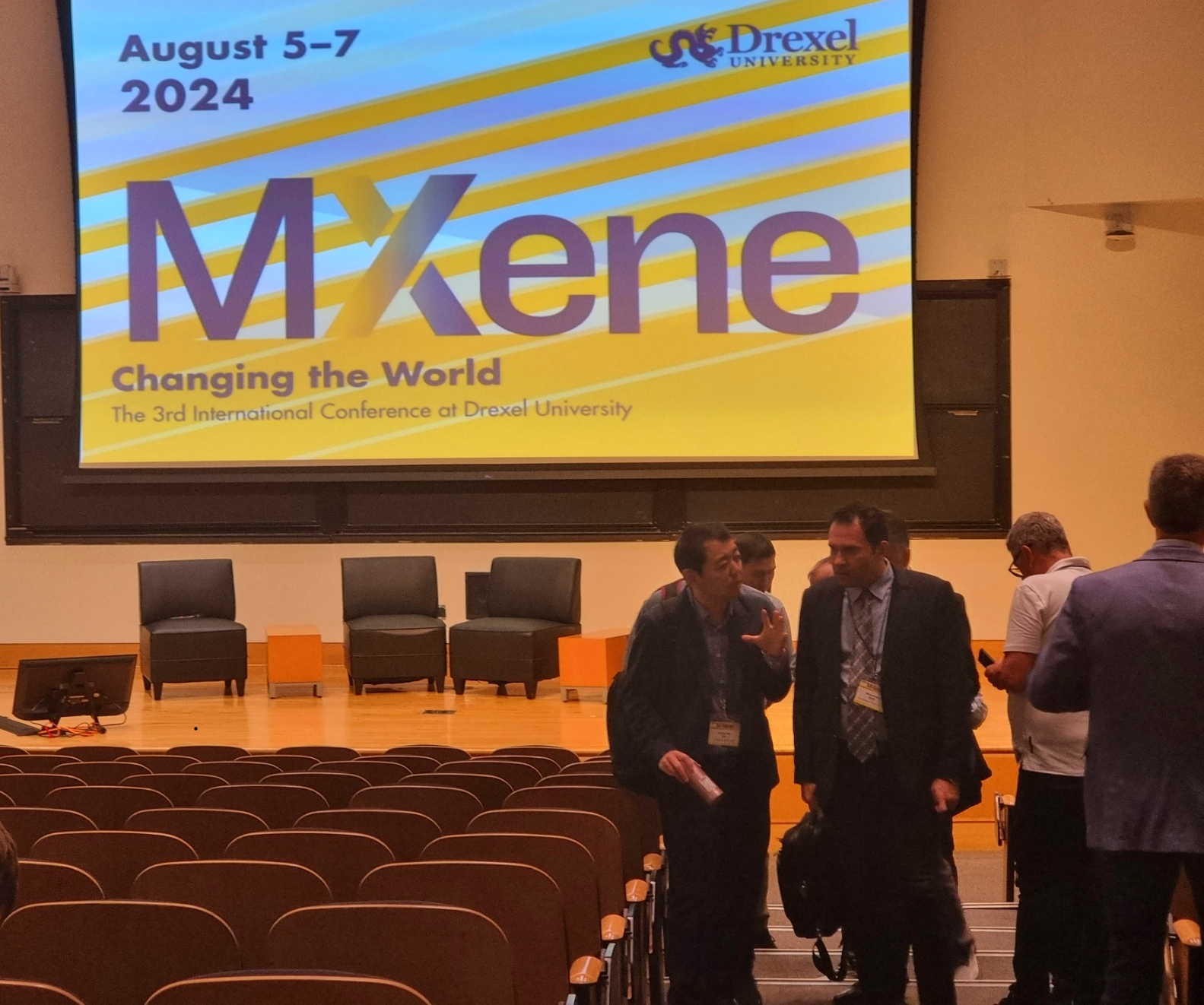 MRC and Carbon-Ukraine team visited the 3rd International MXene conference held at Drexel University on August 5-8, 2024. Conference brought together the best reserchers and leading experts on MXene field.
MRC and Carbon-Ukraine team visited the 3rd International MXene conference held at Drexel University on August 5-8, 2024. Conference brought together the best reserchers and leading experts on MXene field. 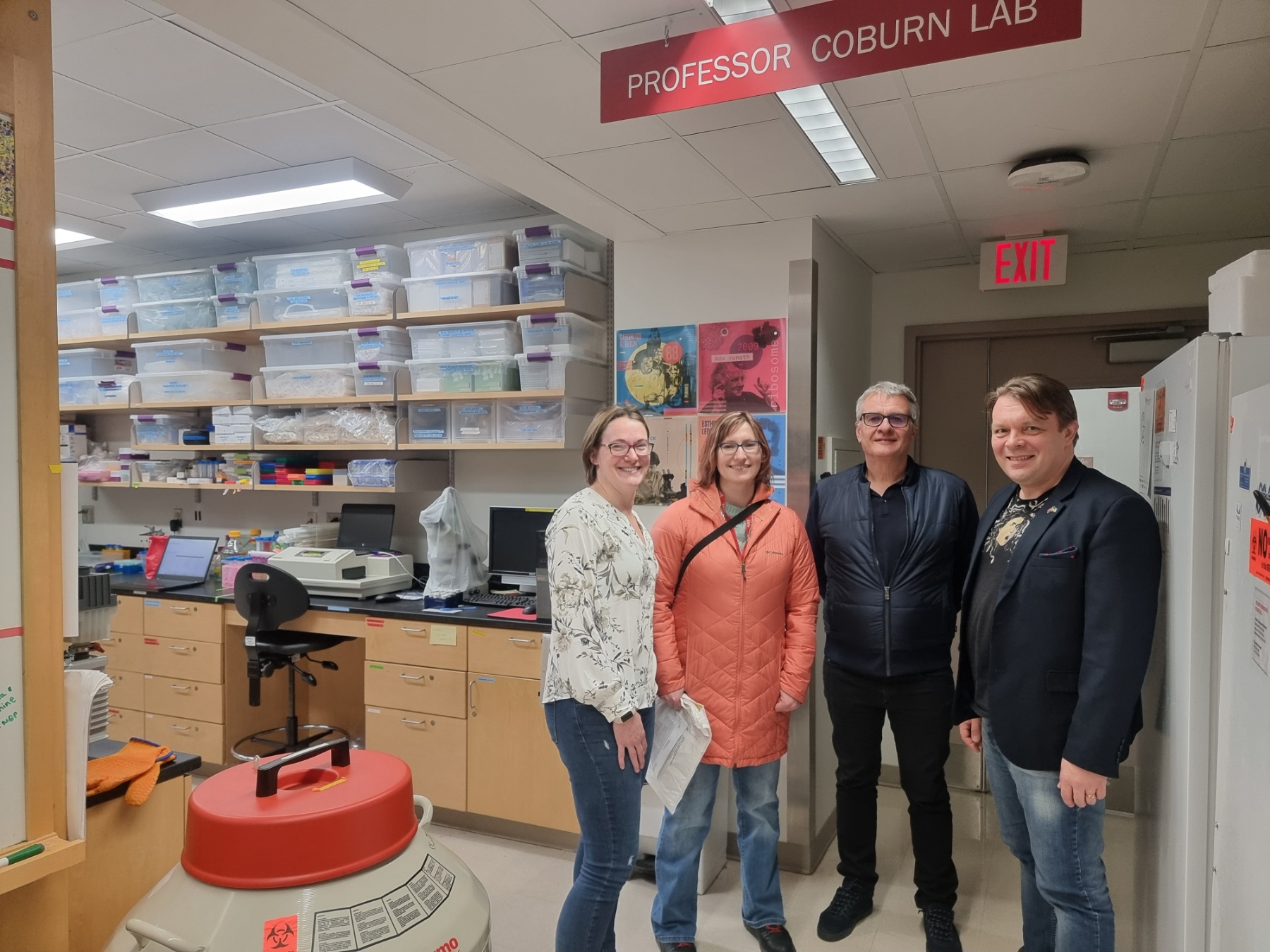
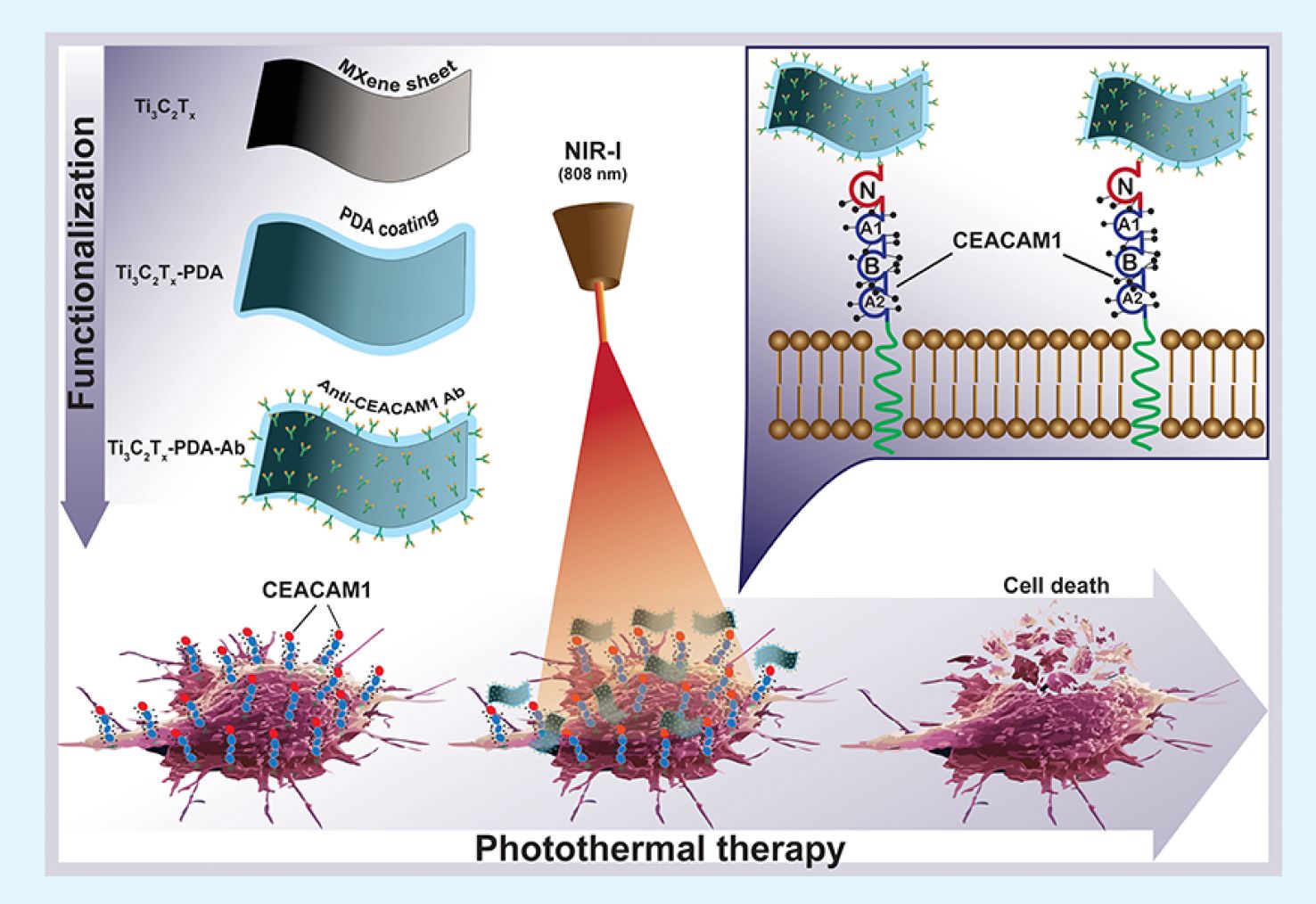 Together with colleagues from the University of Latvia, MRC/Carbone Ukraine, Adam Mickiewicz University, University Clinic Essen, and others, we have developed a novel concept involving the binding of antibodies to MXenes. In our research, we utilized anti-CEACAM1 antibodies to develop targeted photo-thermal therapy for melanoma (in vitro), paving the way for future in vivo studies and clinical trials. For the first time, we demonstrate the feasibility of delivering MXenes specifically targeted to melanoma cells, enabling the effective ablation of cancer cells under near-infrared (NIR) light. This new technique opens up vast potential for the application of MXenes in cancer treatment, diagnostics, drug delivery, and many other medical purposes.
Together with colleagues from the University of Latvia, MRC/Carbone Ukraine, Adam Mickiewicz University, University Clinic Essen, and others, we have developed a novel concept involving the binding of antibodies to MXenes. In our research, we utilized anti-CEACAM1 antibodies to develop targeted photo-thermal therapy for melanoma (in vitro), paving the way for future in vivo studies and clinical trials. For the first time, we demonstrate the feasibility of delivering MXenes specifically targeted to melanoma cells, enabling the effective ablation of cancer cells under near-infrared (NIR) light. This new technique opens up vast potential for the application of MXenes in cancer treatment, diagnostics, drug delivery, and many other medical purposes.